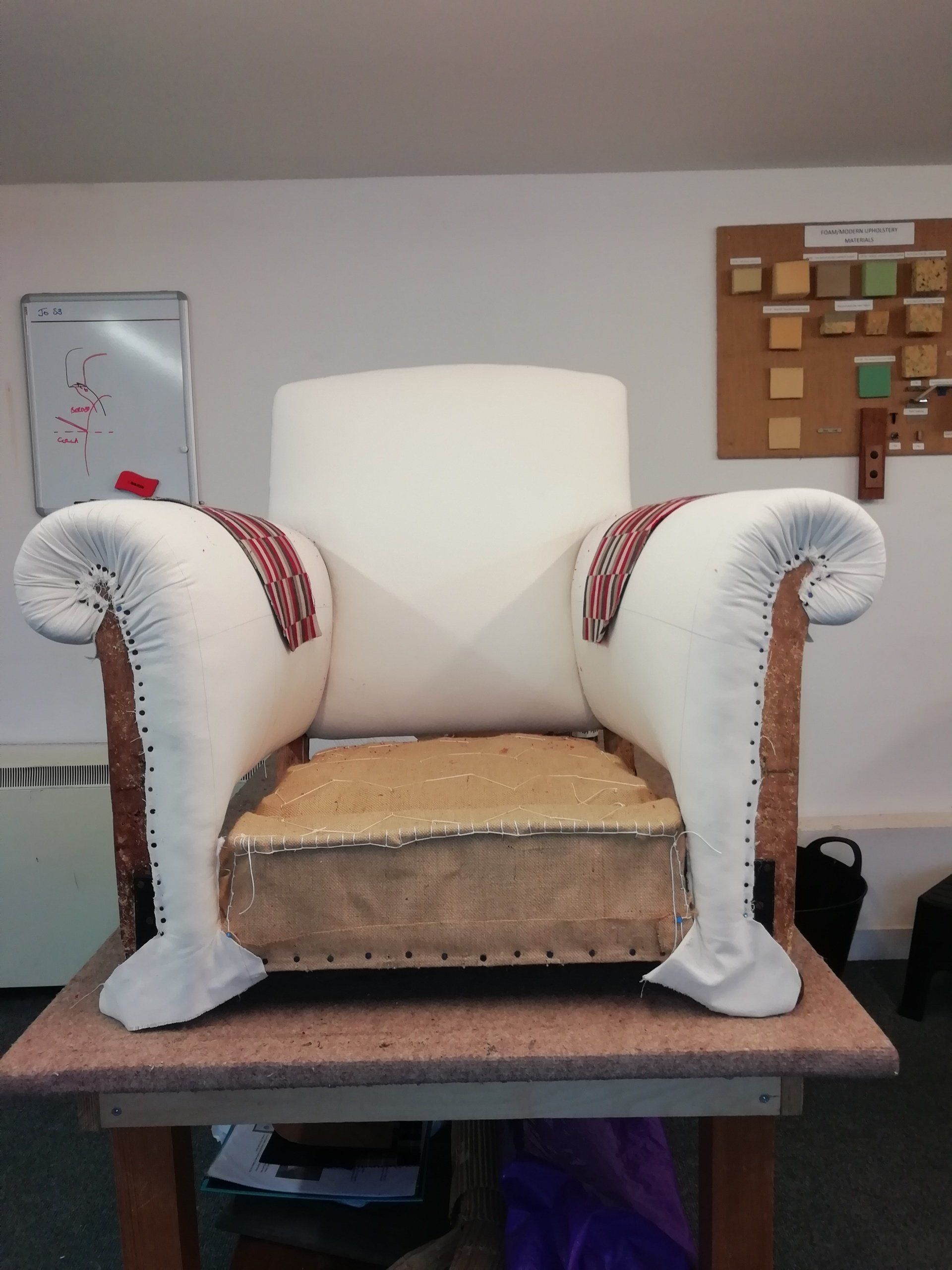The ‘Humble’ Chair
It will perhaps come as no surprise that the word ‘chair’ has its origins in Latin (cathedra),
and indeed the Greek language (Kathedra). And that’s before we consider the ancient
Egyptians’ role in all this! As for a chair as an object in itself, and in its simplest form, it can
be described as something (anything) that can be sat upon. In the neolithic age, 4300 to
2000BC, a stone slab did the job. But this description is to overly simplify the vast, almost
infinite, range of forms that readily perform this basic functional requirement. From thrones
to deckchairs, and everything in between, if it can be sat on, then it’s a chair.
But there is of course far more to it than that. If we fulfill the most basic of requirements for a
seat then what need is there for all the variants in terms of size, shape, style, comfort,
decoration, materials, quality, etc, etc? This suggests that there is clearly a connection, or
perhaps even more significantly, a ‘relationship’, between the object and the person or
persons for whom the chair is intended for use.
Is it to be purely functional, or is the chair a status symbol denoting position in society which,
at the extreme, is the monarchical throne. In ancient Egypt pharaohs used chairs simply to
physically elevate themselves above those they ruled over (this theme has been consistent
throughout the ages of man). In ecclesiastical circles, a bishop’s repose is indeed termed a
‘Cathedra’. Alternatively, a chair might represent art or sculpture, or be a statement of
cultural significance.
When in the presence of chairs which clearly have some age, I’ve often caught myself
drifting off into a world of wondering who would have sat on the chair and when, where it
was, what the conversation was and what that chair might have ‘overheard’ - yes, wondering
but also wandering, back through time into the world of our forebears.

















